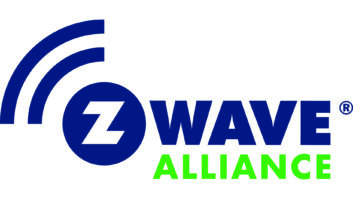Although Solid-State Drives (SSDs) have been manufactured since 1976, they didn’t begin to appear in more mainstream consumer applications such as mass-marketed notebooks until 2006. Today, with SSDs delivering so many advantages over hard disk drives (HDDs), a growing number of notebook manufacturers are offering them as the standard drive; and
using an SSD is no longer a matter of “if” or personal choice, but rather “when” consumers will use an SSD-equipped computer.Last Spring, Gartner predicted that consumer solid-state drives will have a break-out year in 2012 due to falling prices, which will make SSDs a primary storage option for mainstream users.
Higher performance, higher reliability, light weight per capacity and lower power consumption are just a few of the many advantages that are making SSDs the drives of choice for power users, gamers and anyone who wants high-speed and low latency– including businesses.
According to an IDC study, while other form factors of computers have generally remained flat in terms of unit sale growth; between 2009 and 2011, the number of consumer notebooks shipped is expected to double. In the portable device arena, the worldwide unit share for notebooks is projected to remain near constant through 2014, making portable Macs and PCs critical components of digital device use, alongside the explosive growth of tablet use.
Prices Dropping
Driving the recent growth of SSDs in both notebook and desktop use is a reduction of the perception that SSDs are too expensive. According to Gartner Research, the Cost per Gigabyte as recently as 2010 was over $2.00 per GB. As volumes increase, future estimates place this cost at $1.00 for 2012 and below $0.50 by 2014.
Highest Performance and Reliability
So what’s the big attraction to SSDs? There are many positive attributes to SSD use that will keep consumers from ever missing a traditional magnetic platter-based hard disk drive:
– Incredible speed boosts to boot times, application loading, and overall system responsiveness.
– No moving parts for up to 100x higher reliability than hard drives and silent operation
– Cooler running-SSDs only produce about 1/3 the amount of heat of an HDD
– Low power consumption-about 2W for an SSD vs. 7W for an HDD-which translates into a longer notebook battery life for notebooks
Lower TCO for Businesses
It’s not just consumers and prosumers that benefit from SSD use; they’re also ideal for enterprise and data center deployment. With an estimated volume CAGR of 57 percent for 2010-2015, Gartner views enterprise SSDs as a significant growth opportunity.
SSDs can offer a TCO that is up to 100 percent lower, compared to hard drives due to:
– Greater power efficiency for a reduction in mass power consumption
– Decreased cooling costs due to lower heat output and higher operating temperature band
– Fewer SSDs are required to achieve the same IOPS performance level that multiple hard drives provide
– Fewer SSDs required means fewer storage racks and reduced datacenter space
Loving the Ride
Based on research published by Kroll Ontrack, SSD users feel they eclipse traditional hard drives in a variety of areas:
– 54% say they speed up applications
– 28% say they are more reliable and offer fewer failures
– 15% say they consume less power
– 3% say they are easier to install/support
Leading Support Programs
With all their benefits and proven use among all levels of technology users, it’s no wonder the wave of SSDs for reliable storage and backup performance is gaining momentum. To give your customers even greater confidence to dive into an SSD, OWC offers the longest warranties in the industry…up to five years….plus backs them and all their products with free 24/7 US based support.












